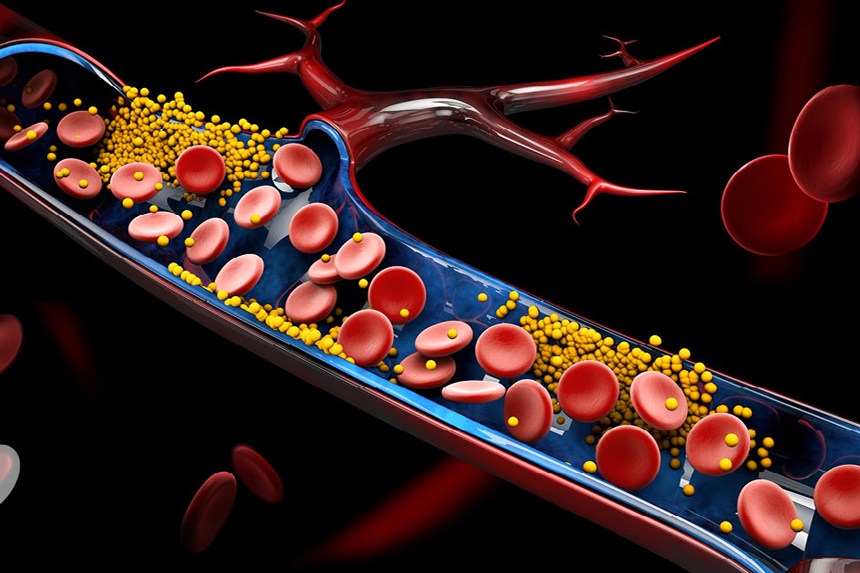
Cholesterol, while essential for various bodily functions, including hormone production and cell membrane formation, can become a silent threat when its levels become unbalanced. High cholesterol, particularly when low-density lipoproteins (LDL) outweigh high-density lipoproteins (HDL), leads to a buildup of fatty deposits in blood vessels. This buildup can impede blood flow and result in several serious health issues, often without warning signs until significant damage has occurred.
Recognizing the subtle and overt signs of high cholesterol can be crucial for preventive measures and early treatment.
- Arcus Senilis
- Xanthomas
- Angina
- Shortness of breath
- Fatigue
- Numbness or Weakness in Limbs
- High Blood Pressure
- Stroke Symptoms
- Heart attack symptoms
- Peripheral Arterial Disease (PAD)
Arcus Senilis
Arcus senilis appears as a gray or white arc or circle around the cornea of the eye, not to be confused with the iris. It’s more common in older adults, hence the term “senilis,” but when it occurs in younger people, it can be an indicator of high cholesterol levels. This condition results from lipid (fat) deposits in the edge of the cornea, which can be associated with elevated cholesterol or other lipid disorders.
The presence of arcus senilis in individuals under the age of 40 might warrant a closer examination of their cardiovascular health, specifically their cholesterol levels. While arcus senilis itself does not interfere with vision, nor does it require treatment, its early appearance serves as a visual cue for doctors to investigate the patient’s lipid profile. This could lead to early detection of hyperlipidemia (high levels of fats in the blood), prompting necessary lifestyle adjustments or medical interventions to manage cholesterol levels effectively.
In older adults, the appearance of arcus senilis may not always be linked directly to cholesterol issues, as it can be a part of the natural aging process. However, in younger individuals, its presence should not be overlooked. [1]





